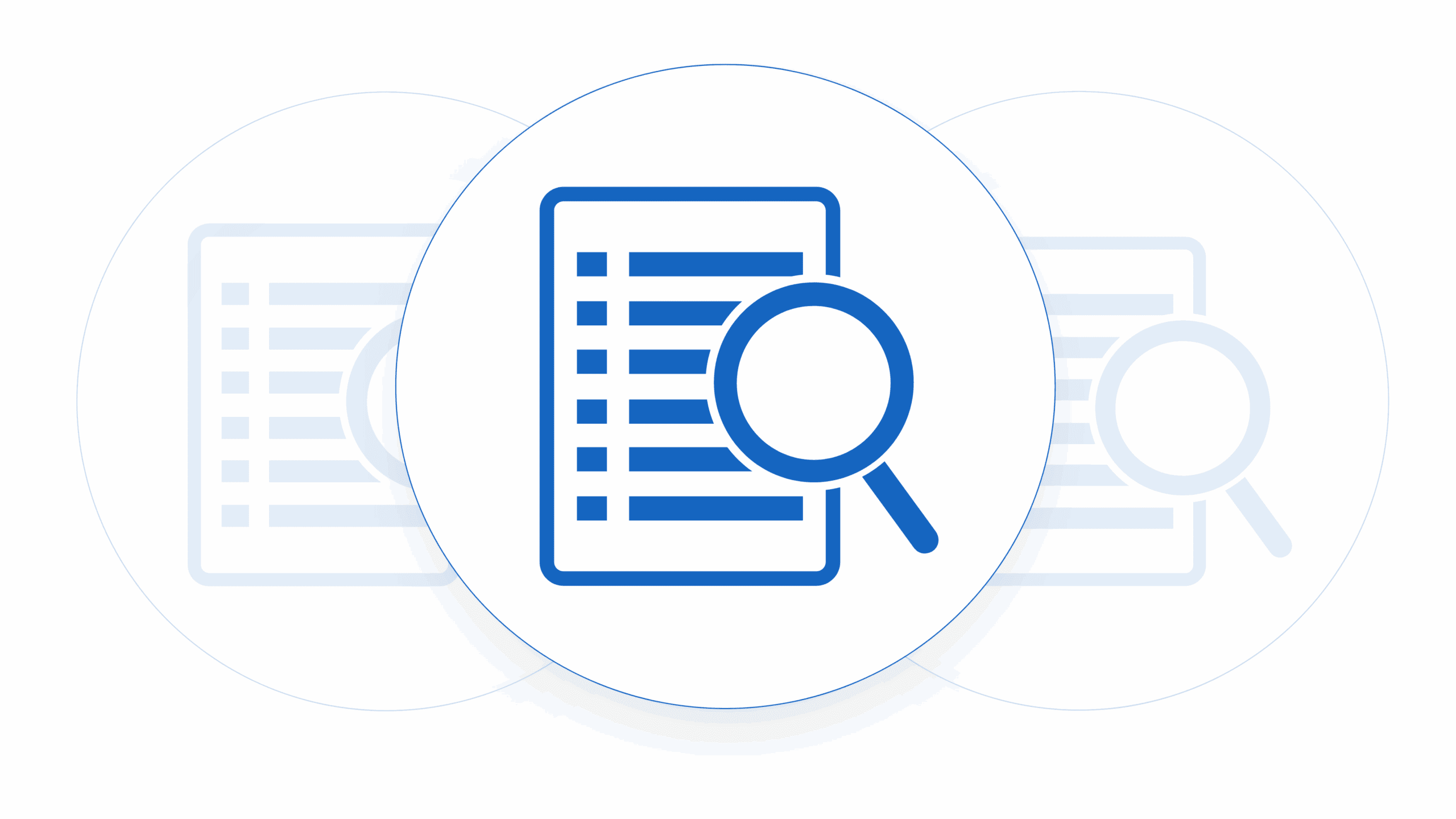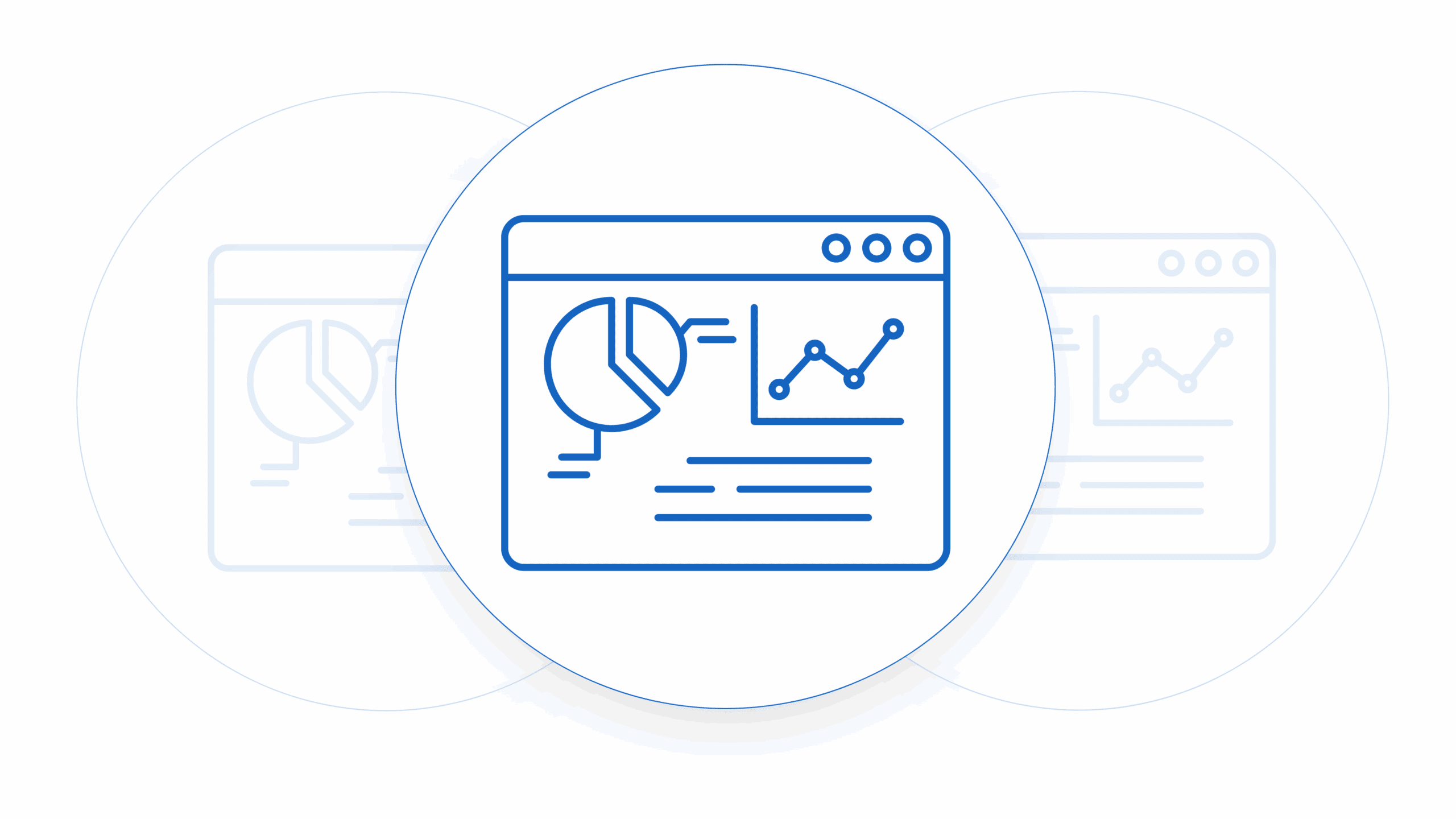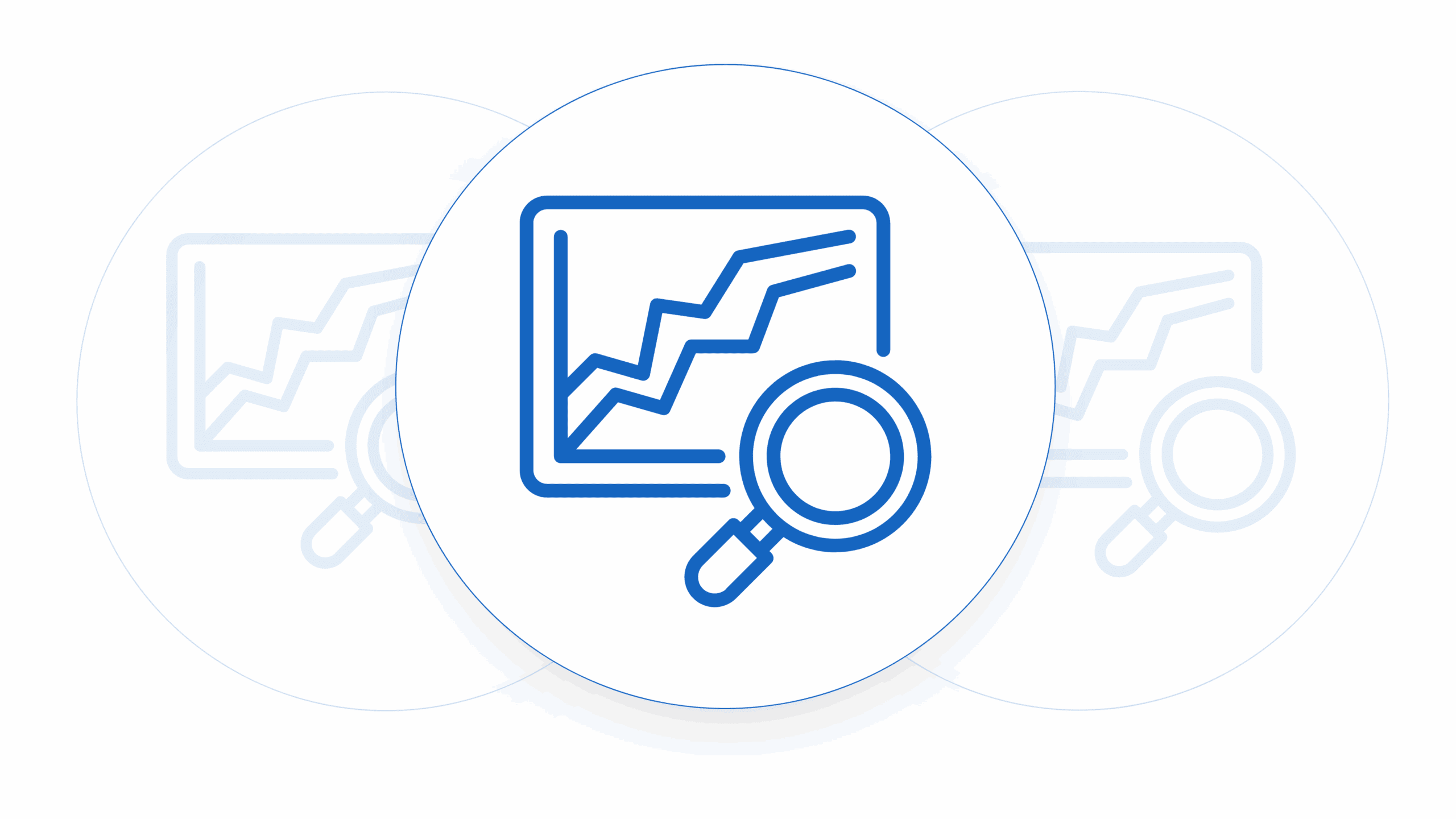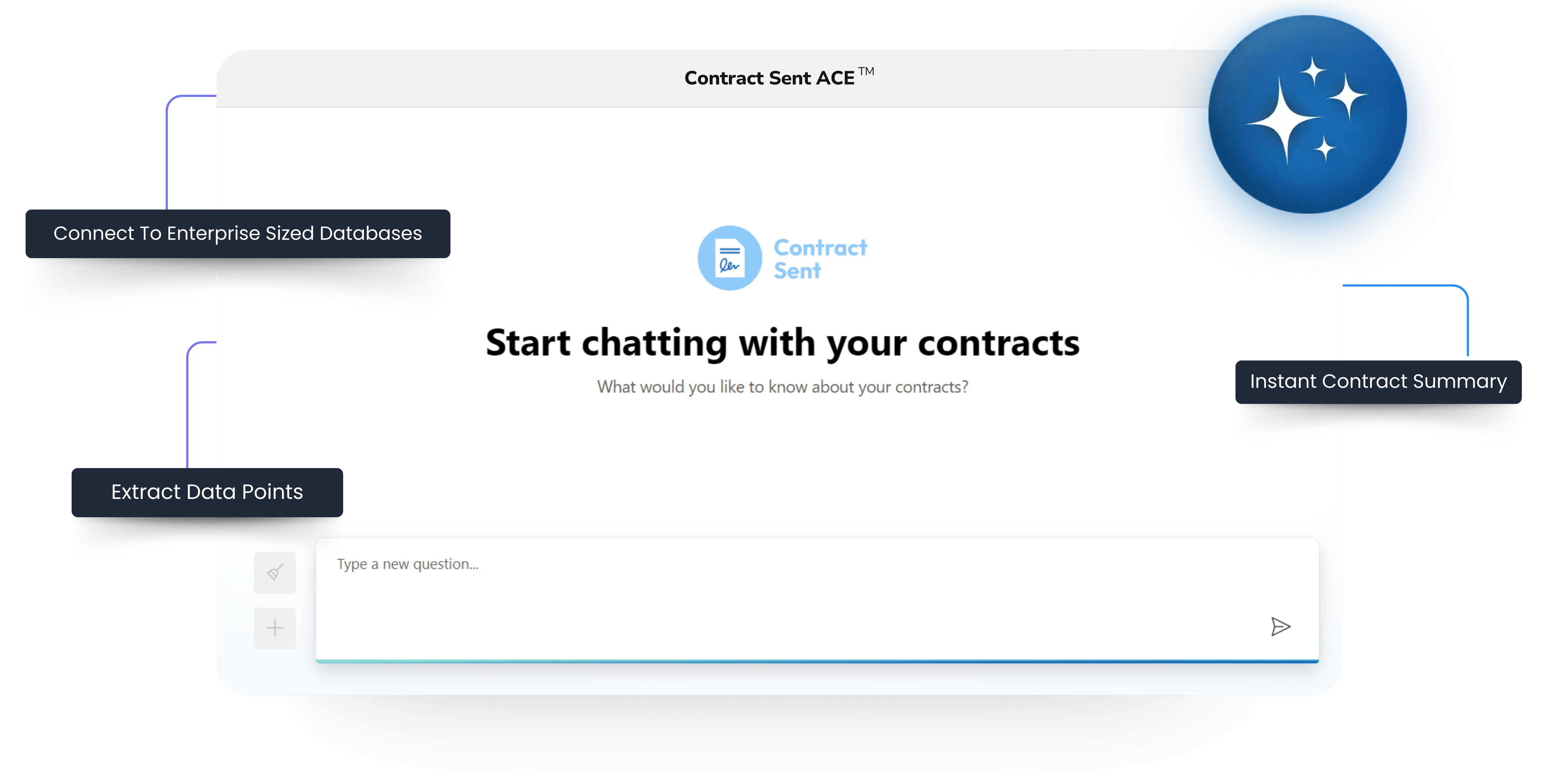In the fast-paced world of small business, making informed decisions quickly can be the difference between success and missed opportunities. One often-overlooked area that can significantly impact decision-making is contract management. By streamlining your contract data, you can unlock valuable insights, reduce risks, and drive your business forward. Here’s how you can achieve this.
The Importance of Contract Data
Contracts are more than just legal documents; they are repositories of critical business information. They contain details about your relationships with clients, suppliers, and partners, including terms, obligations, and deadlines. However, managing these documents can be challenging, especially as your business grows. Without a streamlined approach, you risk missing key information, leading to poor decisions and potential legal issues.
Centralizing Contract Data
The first step in streamlining your contract data is centralization. Instead of having contracts scattered across different departments and systems, bring them all into a single, accessible repository. This centralization ensures that everyone in your organization has access to the same information, reducing the chances of miscommunication and errors.
A Contract Lifecycle Management (CLM) system can be a game-changer here. It allows you to store all your contracts in one place, making it easy to search for specific terms, track expiration dates, and monitor compliance. For small businesses, this means less time spent on administrative tasks and more time focusing on growth.
Automating Contract Processes
Manual contract management is not only time-consuming but also prone to errors. Automation can help streamline these processes, ensuring accuracy and efficiency. With a CLM system, you can automate various aspects of contract management, from creation and approval to renewal and reporting.
For instance, automated alerts can notify you of upcoming contract renewals or deadlines, preventing costly oversights. Automated workflows can also ensure that contracts go through the necessary approval processes without delays, speeding up decision-making and execution.

Looking for a contract template?
Leveraging Contract Data Analytics
One of the most significant advantages of a streamlined contract management system is the ability to leverage data analytics. By analyzing contract data, you can gain insights into your business operations and make more informed decisions.
For example, you can identify patterns in your contract terms that may be affecting your profitability. Are there certain clauses that consistently lead to disputes? Are you frequently agreeing to unfavorable payment terms? By understanding these trends, you can negotiate better contracts in the future.
Data analytics can also help you assess the performance of your suppliers and partners. Are they meeting their contractual obligations? Are there any recurring issues that need to be addressed? This information can guide your decisions on whether to continue or terminate these relationships.
Enhancing Compliance and Risk Management
Compliance with contractual obligations and regulatory requirements is crucial for any business. Non-compliance can lead to legal penalties, financial losses, and reputational damage. A streamlined contract management system can help you stay on top of your compliance requirements.
With a CLM system, you can set up automated compliance checks and reminders. This ensures that you never miss a critical deadline or obligation. Additionally, having all your contract data in one place makes it easier to conduct audits and demonstrate compliance to regulators.
Risk management is another area where streamlined contract data can make a significant impact. By having a clear view of your contractual obligations and potential risks, you can take proactive measures to mitigate them. This might include renegotiating terms, diversifying your supplier base, or implementing contingency plans.
Improving Collaboration
Effective contract management requires collaboration between various departments, including legal, finance, procurement, and sales. A centralized and automated contract management system facilitates this collaboration by providing a single source of truth.
Team members can easily access the information they need, share updates, and track the progress of contract negotiations. This not only improves efficiency but also ensures that everyone is on the same page, reducing the risk of misunderstandings and conflicts.
Case Study: Small Business Success
Consider the example of a small manufacturing company that struggled with managing its contracts. Contracts were stored in different locations, leading to confusion and missed deadlines. The company decided to implement a CLM system to centralize and automate its contract management processes.
Within a few months, the company saw significant improvements. Contract approval times were reduced by 50%, and the number of missed deadlines dropped to zero. The company also gained valuable insights into its supplier performance, allowing it to renegotiate terms and save costs. Overall, the streamlined contract management system enabled the company to make better decisions and focus on growth.
Getting Started
If you’re ready to streamline your contract data and enhance your decision-making, here are a few steps to get started:
- Assess Your Current Processes: Identify the pain points in your current contract management processes. What are the common issues you face? Where do you spend the most time?
- Choose the Right CLM System: Look for a CLM system that fits your business needs. Consider factors such as ease of use, scalability, and integration with your existing systems.
- Centralize Your Contracts: Gather all your contracts and store them in the CLM system. Ensure that the data is accurate and up-to-date.
- Automate Where Possible: Identify areas where automation can save time and reduce errors. Set up automated alerts, workflows, and compliance checks.
- Leverage Data Analytics: Use the analytics features of your CLM system to gain insights into your contract data. Look for patterns and trends that can inform your decision-making.
- Train Your Team: Ensure that your team is trained on the new system and understands the benefits of streamlined contract management. Encourage collaboration and continuous improvement.
Streamlining your contract data is not just about improving efficiency; it’s about empowering your business to make better decisions. By centralizing, automating, and analyzing your contract data, you can unlock valuable insights, reduce risks, and drive your business forward. For small businesses, this can be a game-changer, enabling you to compete more effectively and achieve your growth objectives.












